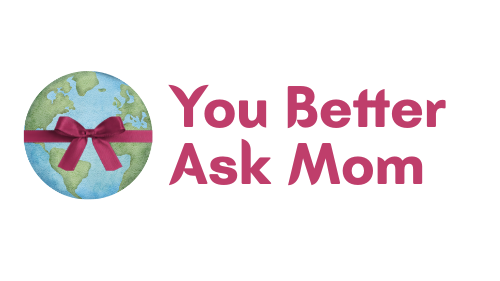
Finding Comfort: The Science Behind Labor Positions
Labor can be daunting, but it's crucial to remember that the experience can vary widely from person to person. Research indicates that the positions you choose during labor don't just affect comfort; they play an integral role in the birthing process itself. According to Dr. Sara Twogood, rotating between various positions can enhance fetal positioning and ease pain, making your body's natural processes more efficient. This adaptability is essential for mothers, especially those opting for a medication-free birth.
Exploring Effective Labor Positions
Understanding the array of labor positions available can empower first-time mothers as they approach childbirth. Positions like hands-and-knees or squatting can help open the pelvis and facilitate the baby's descent into the birth canal, something that lying flat on your back may stunt. Moreover, using supportive props such as a yoga ball can invite comfort and mobility, allowing for better labor management. Most importantly, the key message from maternity experts is that there isn't a one-size-fits-all solution; rather, it’s about finding what feels right for you.
Decoding the Birth Environment
The atmosphere in which a mother gives birth can profoundly influence the experience. Whether it's dim lighting, the presence of a supportive partner, or soothing music, elements that contribute to emotional regulation can significantly impact maternal health. Neuroscience highlights the importance of feeling safe and supported, suggesting that having a positive emotional environment can not only ease discomfort but also encourage a smoother labor process.
Practical Insights for Expectant Mothers
Preparation is key. Attending a birthing class can provide essential prenatal advice, equipping parents with insights into labor positions and pain management techniques. Discussing preferences with your healthcare provider can also tailor your birthing experience to your individual needs. Ultimately, each labor journey is unique; staying attuned to your body and its needs can foster a more positive birthing experience for both you and your child.
Your Journey Begins Here
As you prepare for the arrival of your little one, learning about various birthing positions can be a game changer. Remember, comfort and support during labor are not merely preferences—they are essential for a positive experience. Embrace the insights provided by healthcare professionals and know that your body is capable of remarkable things. For additional support and resources, don’t hesitate to explore prenatal classes and parenting books, enriching your journey into motherhood.
 Add Row
Add Row  Add
Add 




Write A Comment